Batik, a cloth dyeing technique, might be making waves worldwide, but is being phased out in India. To re-emphasise on the uniqueness of this ancient form, Swati Desai has released, Batik, a book tribute to Bihari Barbhaiya, her mentor and one of the greatest exponents of Batik in India
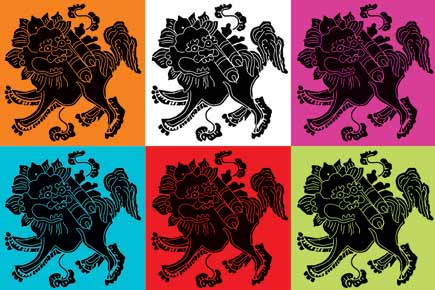
Batik Art: Dyed in tradition
Late Bihari Barbhaiya was not just a Batik artist, but a professor as well, who dedicated his life to the practice of this art form, and was keen to spread his knowledge tin the form of Batik, a book that focused on its different facets, while explaining its diverse techniques.
ADVERTISEMENT
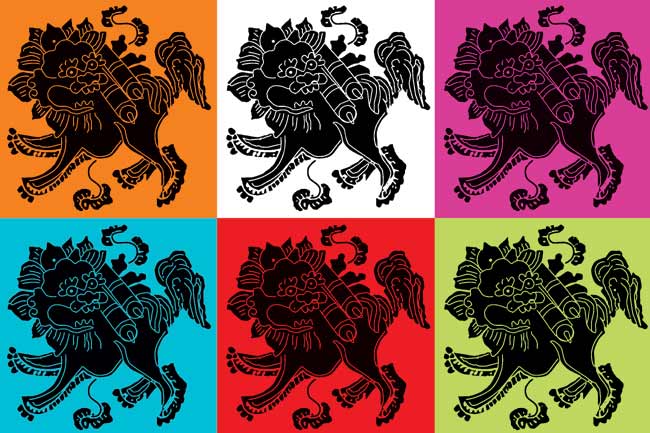
A folk form of the lion in Indonesia, often used as designs for Batik printing
By 2007, Barbhaiya had penned the book in Gujarati, but Swati Desai, his student, convinced him to convert it into English. However, the artist did not live to see his labour of love since he passed away in September 2013. Now, Desai has published the book as a tribute to her mentor.
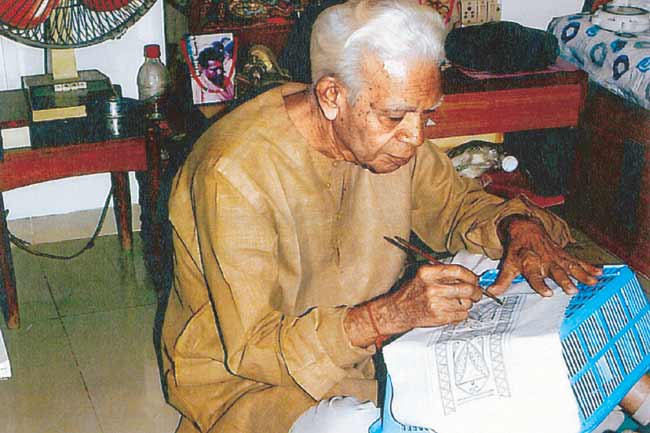
Bihari Barbhaiya, seen here applying the first coat of wax on a design
The Batik Browser
>> Apart from Indian states like West Bengal, Gujarat and Rajasthan Batik is popular in Indonesia, Peru, Mexico, Egypt and Japan.
>> In Java, a tool called Tjanting is used to apply wax, It is not available in any other Batik producing country.
>> The author states that Batik’s first use in India was by Pratimadevi Tagore in Shantiniketan during 1923.
>> While cotton is the preferred cloth for Batik, silk and linen are also used at times.
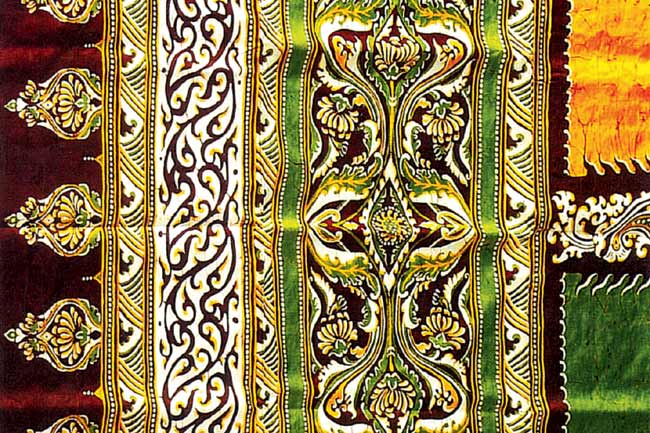
A Shantiniketan artist uses a decorative design for a Batik saree
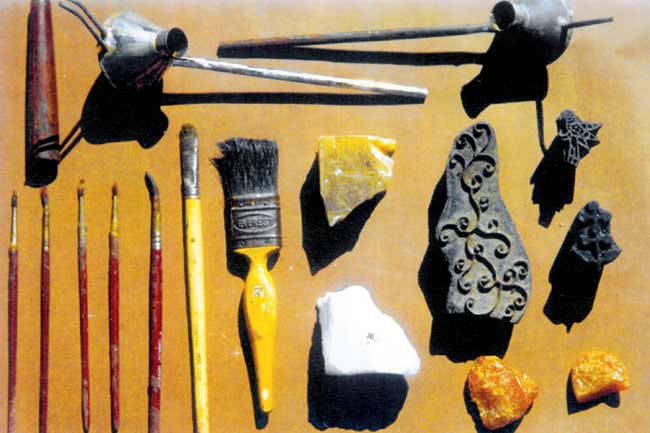
Different tools used during the Batik process

Written in old Arabic, the word “Allah” has been featured on four sides while the rest are old Arabic alphabets
 Subscribe today by clicking the link and stay updated with the latest news!" Click here!
Subscribe today by clicking the link and stay updated with the latest news!" Click here!






